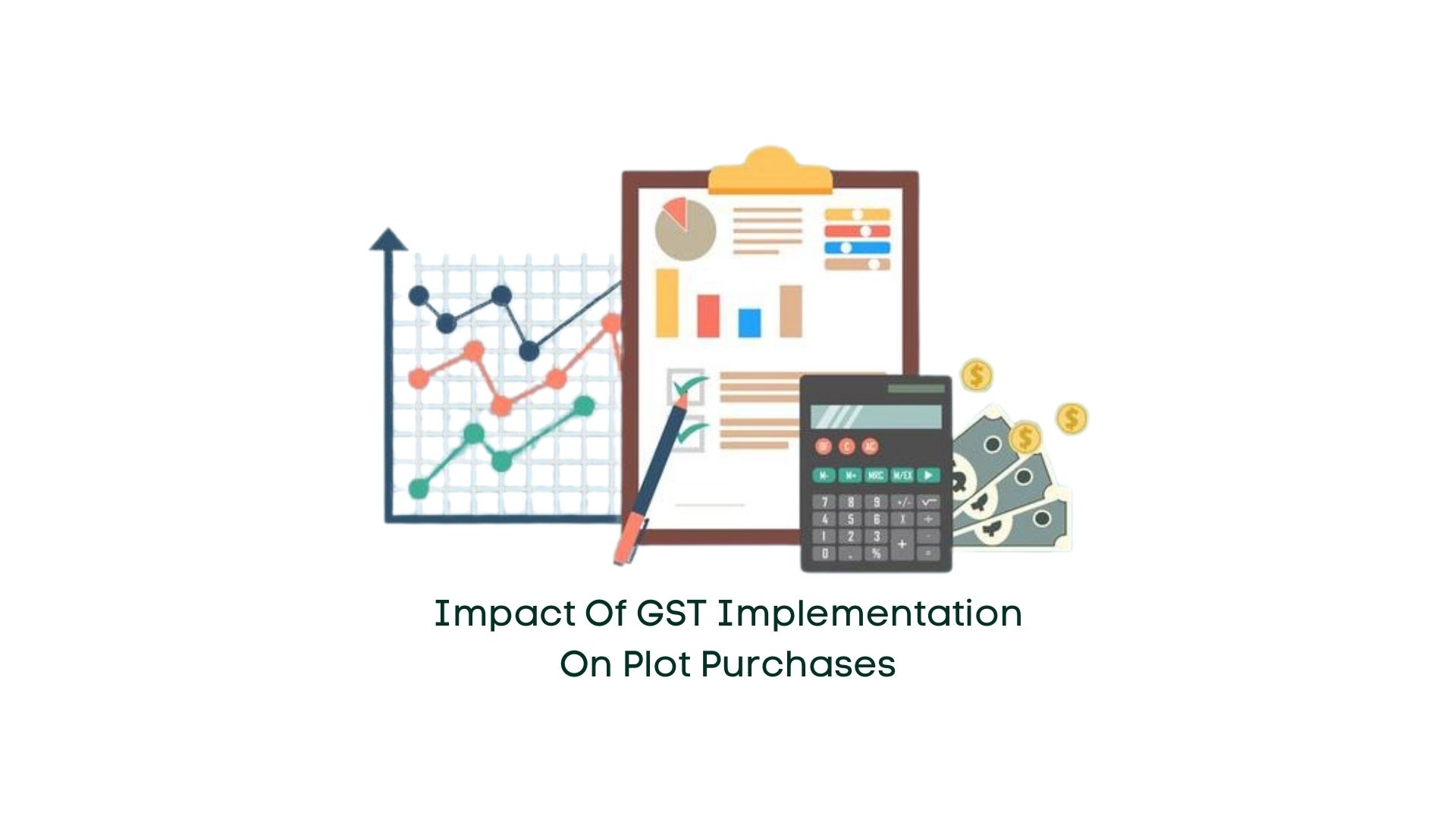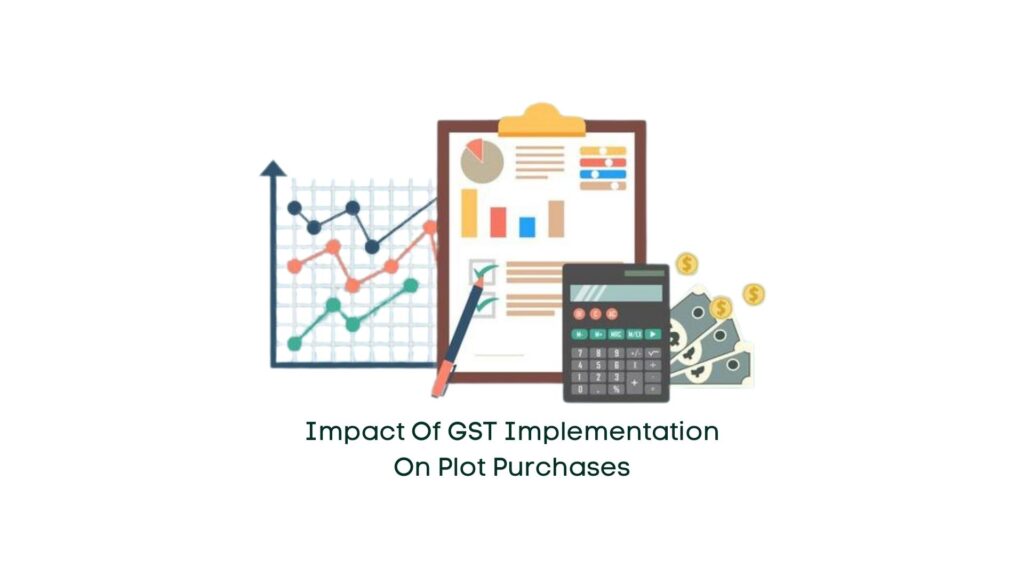
01 Mar Impact of GST Implementation on Plot Purchases

Introduction
Against the backdrop of evolving market dynamics, there has been a surge in demand for spacious residential properties, particularly plots and villas. However, a recent ruling by the Gujarat Advance Ruling Authority (AAR) has introduced a new challenge for prospective buyers, necessitating them to bear dual charges of registration and GST.
Previous GST Rates
Previously, GST rates applicable to real estate transactions varied based on the type of property, with exceptions for completed or old properties:
- Residential property (affordable housing segment): 1% without Input Tax Credit (ITC)
- Residential property (non-affordable housing segment): 5% without ITC
- Commercial properties: 12% with ITC
Ruling by Gujarat AAR
According to the ruling, the sale of developed plots falls under the category of “construction of a complex intended for sale to a buyer.” Developed plots refer to those equipped with basic amenities such as drainage, water, roads, land leveling, and electricity lines, as per the guidelines of development authorities like Jila Panchayat. These additions are deemed as a supply of service, aligning with a precedent set by the Supreme Court in the case of M/s Narne Construction P LTD in 2013.
Reclassification Under GST
Previously, the sale of plots was exempt from GST under Schedule III of the CGST Act, 2017. However, the recent ruling has reclassified the sale of developed plots under “construction services,” making them subject to GST rates. The AAR clarified that transactions solely involving the transfer of title or ownership of land, which is immovable property or earth, remain exempt from GST. According to the AAR, the sale of developed plots entails converting land into a structured layout after obtaining necessary plan approval from the development authority, involving the division of individual sites. This process includes land leveling, construction of boundary walls and roads, laying of underground utilities, and other developments such as landscaping, drainage systems, water harvesting, demarcation of individual plots, and construction of overhead tanks.
Pricing Strategies
Additionally, vendors often charge rates based on the super built-up area rather than the actual size of the plot. The super built-up area encompasses space utilized for common amenities, roads, water storage tanks, and other shared facilities. Consequently, sellers not only charge for the plot but also for the provided amenities.
Conclusion
This ruling is anticipated to create confusion and potentially dampen the real estate sector, prompting sellers and developers to reassess their cost and pricing strategies.


No Comments